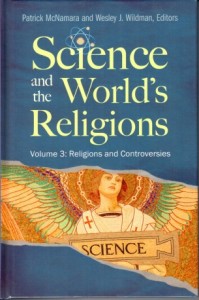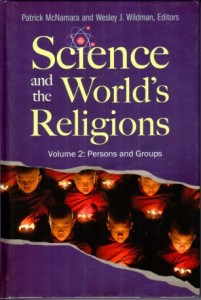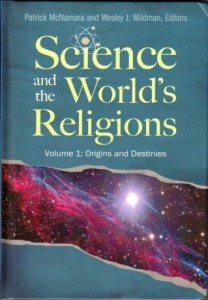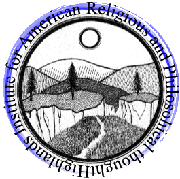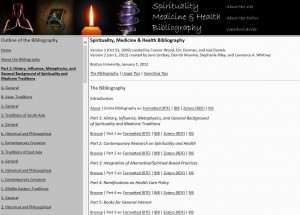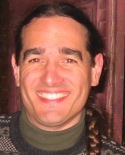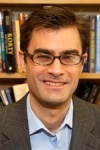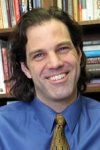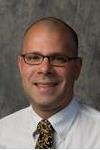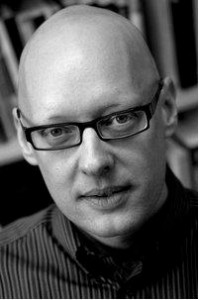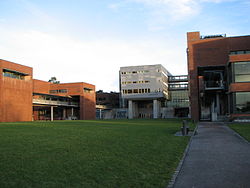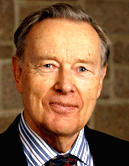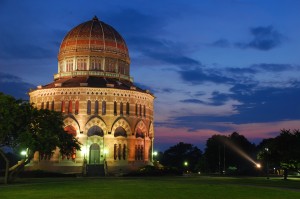
Nott Memorial at dusk (photo by Jan Kratochvila)
I have recently returned from giving the Wold Lecture at Union College in Schenectady, New York. The broad theme was scientific perspectives on religious conflict and the specific focus was religious conflict due to ideological differences between liberals and conservatives. This was, in part, a report on the research I am pursuing in the Spectrums Project. My hosts were Wold Professor of Religious Studies Peter Bedford and Provost Therese McCarty. The lecture took place in the astonishing Nott Memorial (built in stages from 1858 through 1875 to 1904, and beautifully restored in the 1990s). The hospitality was wonderful, the students were fascinating, and the institutional environment struck me as the perfect liberal arts college setting.


